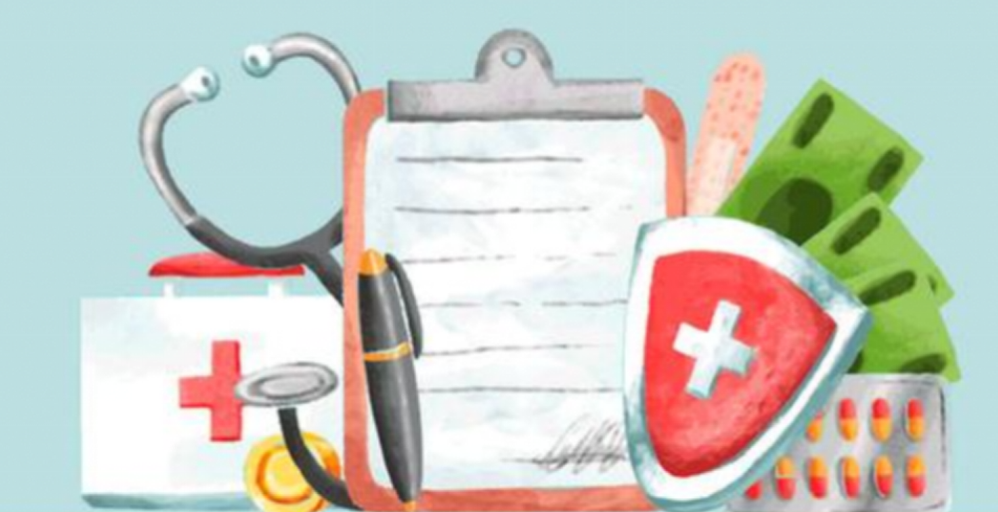How Mortgage Insurance Works (And How to Get Rid of It)

Purchase a home is one of the biggest dreams for many people. But if you can't afford a large down payment, you may have to deal with something called mortgage insurance. This charge safeguards the lender's interests, not yours, in the event of payment default.Though it lets you buy a home sooner, it's an extra fee on your monthly payment. Let's unravel the mystery of how mortgage insurance functions, why you'll be required to pay it, and most importantly — how to escape it!
What is Mortgage Insurance?
One kind of insurance that shields the banks in the event that you don't make loan payments is mortgage insurance.
Numerous lenders require mortgage insurance when homebuyers make down payments below 20%. It’s their way of reducing risk.
How Much Does Mortgage Insurance Cost?

The cost depends on several factors:
- Your loan amount
- Your down payment size
- Your credit score
- Loan type
Your annual PMI payment could range from 0.3% to 1.5% of the initial loan amount.
For example: You may have to pay an additional $100 to $300 a month for basic mortgage insurance if you are finance a $300,000 home with a down deposit!
How Mortgage Insurance Can Be Removed

Better news: you don't have to pay mortgage insurance indefinitely (at least not always).
Here's how to dispose of it:
1. Reach 20% Equity
For conventional loans, when your mortgage balance drops to 80% of your home's original value, you can ask the lender to cancel PMI. If you reach 78% automatically, the lender must remove it without you even asking.
Tip: Make extra payments if you can! It’ll help you reach that 20% faster.
2. Refinance Your Loan
If your home’s value has gone up a lot, you might refinance your loan and get rid of mortgage insurance early.
By refinancing to eliminate private mortgage insurance, homeowners can potentially reduce yearly expenses by four-figure sums.
3. FHA Loans — Refinance Out of Them
If you pay down less than 10% on an FHA loan, you may be forced to have mortgage insurance (MIP) for the duration of the loan. If so, once you are eligible, refinance into a conventional loan is your best choice.
4. Keep an Eye on Home Value
The state of the market can occasionally increase the worth of your house. If that happens, you might hit 20% equity faster without making extra payments. You can pay for a professional appraisal to prove your home’s new higher value and request PMI cancellation.
Final Thoughts
Mortgage insurance can feel like a pain because it protects the lender, not you — and it adds to your costs. But remember: it’s often the key to buying a home when you don’t have a 20% down payment saved up. The crucial strategy involves proactive planning for its earliest possible elimination. Pay attention to your homes worth, concentrate on building equity, and refinance when it makes financial sense. Remove mortgage insurance will allow you to reduce your monthly costs and save money for investments, vacations, and home improvements.
(Writer:Hoock)


